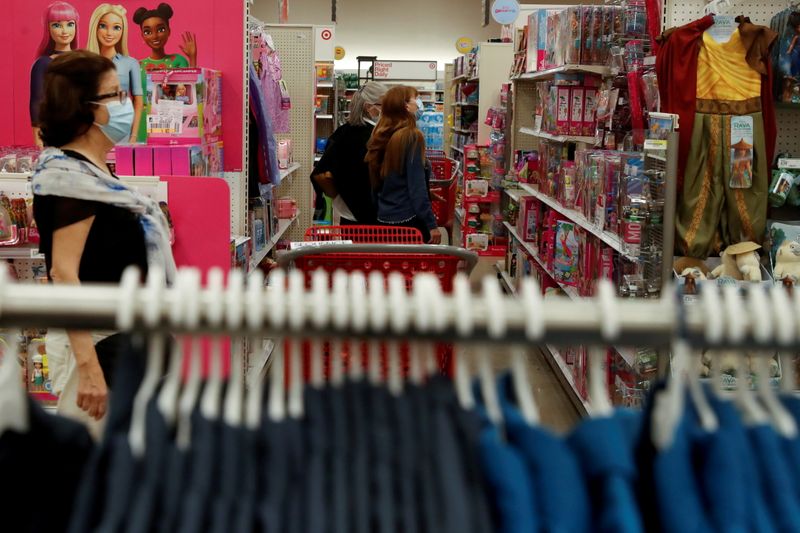By Geoffrey Smith
Investing.com -- U.S. retail sales fell by 0.4% in February, the latest sign that a year of punishing price increases and the depletion of pandemic-era savings is taking a toll on the U.S. consumer.
The fall only partially unwound a surprisingly strong 3.2% rise in January (upgraded from 3.0%) but corroborated multiple reports from consumer-facing sectors in recent weeks that households are starting to revolt against higher prices. It also indicates that the rising trend of layoffs around the country is starting to affect spending levels, even though unemployment remains historically low.
Core retail sales, which strip out auto sales, fell 0.1% on the month, in line with expectations, while sales excluding gasoline were flat. The U.S. doesn't adjust its sales figures for inflation, which was running at 6% year-on-year in February. The monthly rise of 0.4% in the consumer price index means that sales volumes fell more sharply in absolute terms last month than the headline retail sales figure suggests.
At the same time, there was the clearest sign in months that inflation pressures are being squeezed out of U.S. manufacturing. Producer prices fell 0.1% in February, and January's increase was revised down to 0.3% from an initially reported 0.7%. That brought the annual rate of factory gate inflation down to 4.6%, the lowest in nearly two years. PPI inflation peaked last year at 11.5% as Russia's invasion of Ukraine sent energy prices skyrocketing while lingering supply chain disruptions from the pandemic restricted the availability of certain goods.
The decline in producer prices had several elements; weaker world prices for energy, a fall in corporate margins, and even the end of a bird flu epidemic that ravaged the supply of eggs all played their part.
The figures tell a slightly different story from the robust increase in consumer prices reported on Tuesday. The PPI, in particular, is a more forward-looking indicator than the CPI, and declines in producer prices reliably feed through into consumer prices with a certain time lag.
As such, the Federal Reserve may be more inclined to tread gently at its policy meeting next week, given the heightened tension in financial markets following the collapse of three U.S. banks in the last week.
U.S. financial markets trimmed their expectations for Fed action accordingly. The 3-Month T-Bill yield fell 9 basis points to 4.75%, while the 2-Year note yield fell 38 basis points to 3.85%, the lowest since September. U.S. interest rate swaps also rallied to price in an expected 100 basis points of rate cuts by the end of the year. That's a sharp reversal from only a couple of weeks ago when many Fed officials were talking of the need to raise rates to over 5% and keep them there at least through the end of the year.
